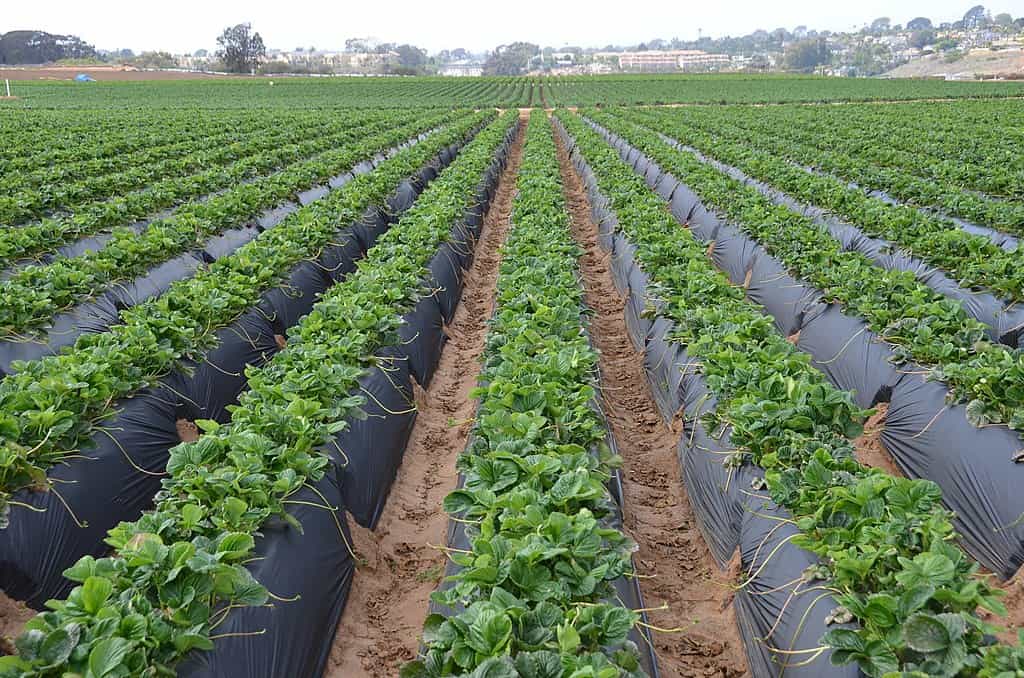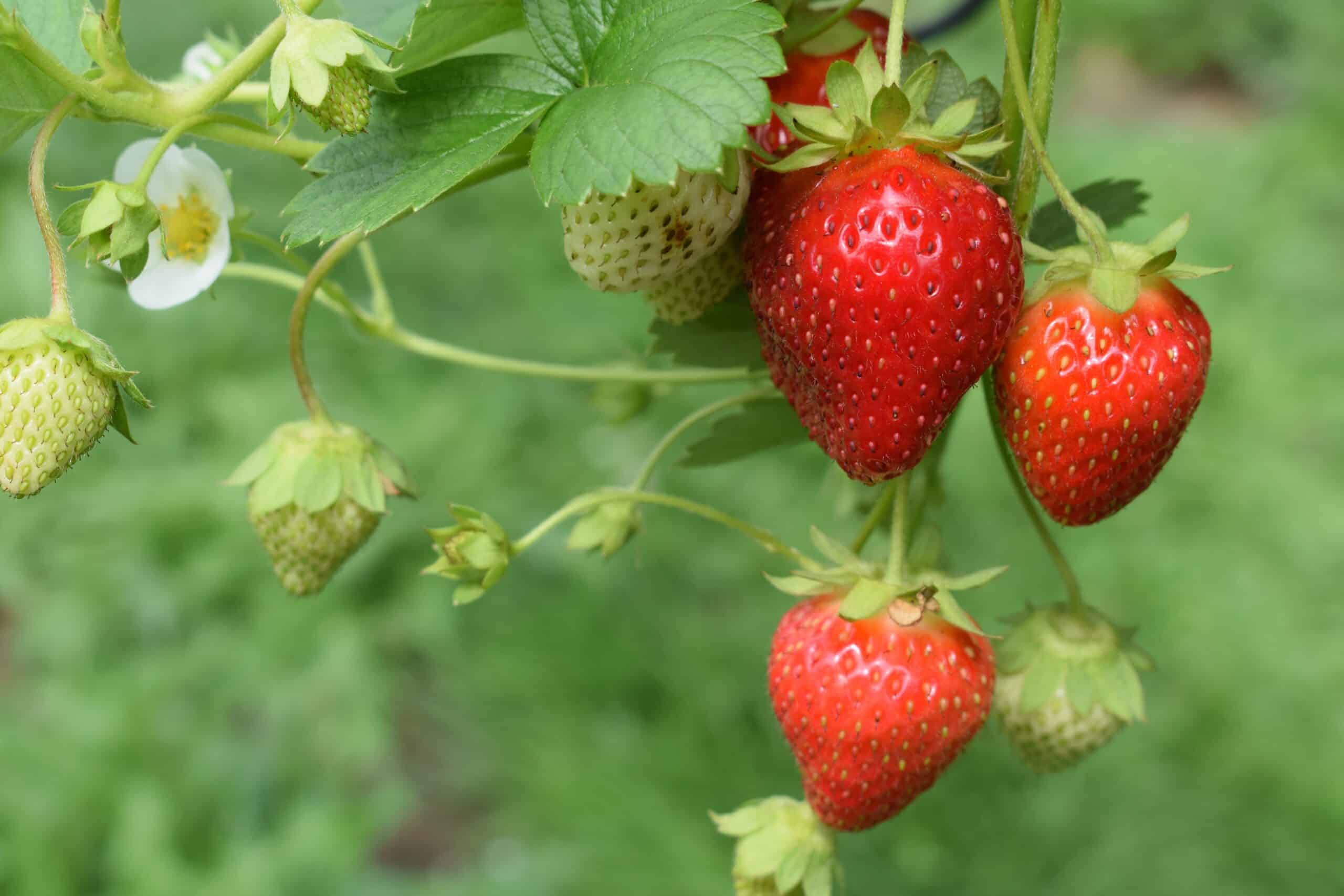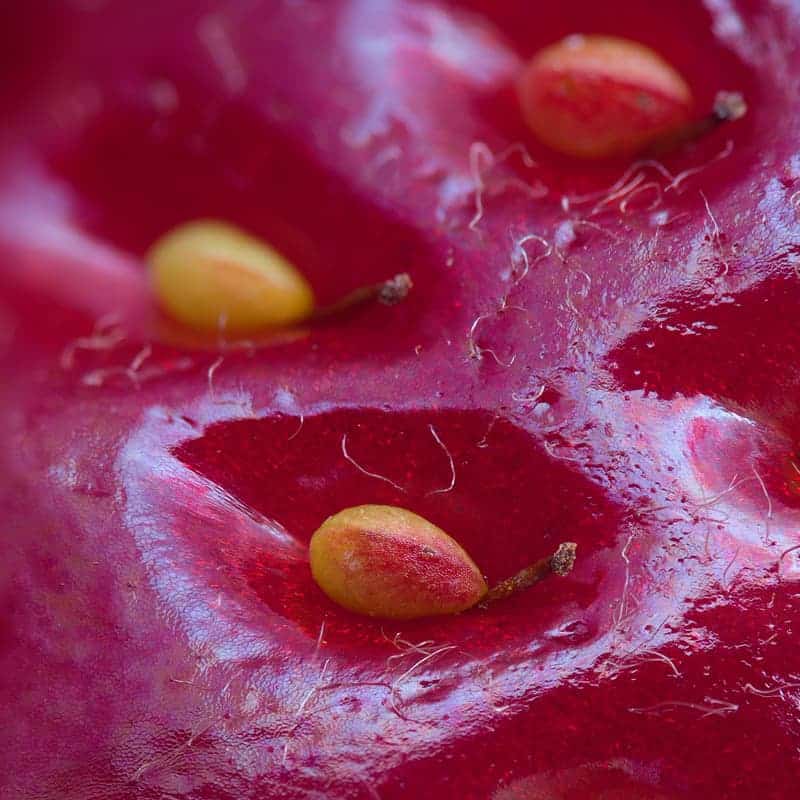You wouldn’t think plastic and agriculture have a lot to do with each other, but they do. Plastics are actually used extensively in growing crops – from plastic-coated seeds to mulch film. All these products have increased crop yields and are useful, but there’s a catch. They also contributed to the plastic waste crisis — and according to a new study on strawberry production, they also end up in our food.

Researchers from the California Polytechnic State University found that the plastic mulch used to support the growth of strawberries releases up to 213,500 plastic particles per hectare. That’s probably a conservative estimate as well.The figure could actually be much bigger as it only includes macroplastics. The team didn’t measure microplastics and subsurface particles, both of which are very likely.
“What we are seeing is a huge quantity of macroplastic plastic material – particles bigger than 5mm across -being shed where the mulch is used to enhance strawberry production. These can remain in the soil for decades or longer,” Ekta Tiwari, study author, said when presenting the study findings at the Goldschmidt summit in Lyon.
Plastic waste and agriculture
Plastic mulch films are widely in agriculture, offering many advantages. Positioned snugly around the plant’s base, they serve as an effective measure against weed growth and pathogen infestation. Additionally, they curtail water evaporation, safeguarding the moisture levels, and preventing soil splatter on the fruit, a crucial aspect for strawberries.

The mulch is laid in rows and subsequently removed upon the culmination of the crop’s seasonal yield. However, there are usually some plastic fragments that are left behind and attached to the soil during removal, even with proper land management practices. This has made researchers wonder just what impact plastics have on soil overall health.
In the new study, the researchers surveyed for macro and microplastics in strawberry fields in central California that used plastic mulches. Microplastics measure over five millimeters, while microplastics measure less than five millimeters. In their results, they found up to 213,500 macroplastic particles – most of them being polyethylene.
The findings show that the plastic significantly degrade soil quality.
As the levels of macroplastic pollution increase, soil moisture content, microbial respiration and plant-available nitrogen decline. “The plastic mulch provides benefits, but at the expense of long-term soil quality. It’s difficult and expensive to remove these particles from the soil, so once they are there they can stay there indefinitely,” Tiwari said in a statement.
These are preliminary findings and the researchers are currently reviewing the same soil samples for microplastics, which means the problem could be more extensive. Also, as strawberries represents just one aspect of agriculture, the implications of the study could be more extensive. It’s a “baseline to understand plastic pollution in US agriculture,” the team wrote.
Looking ahead, the researchers highlighted there are plenty of alternatives to using plastic mulches, such as biodegradable plastic mulches or natural mulches such as straw. Exploring further the use of these options would help to tackle the global plastic crisis, as countries currently negotiate a global treaty to significantly reduce plastic use, especially single-use.





